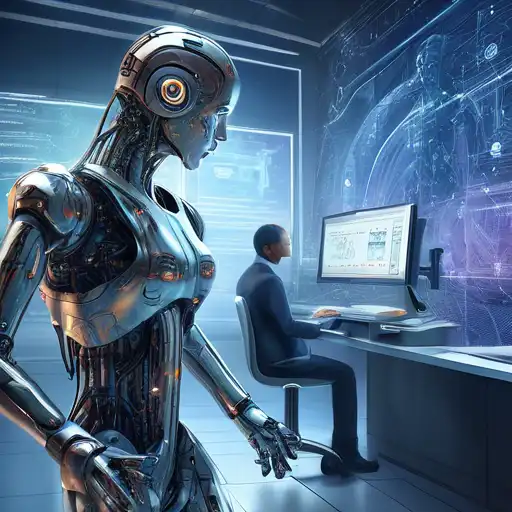Introduction to AI and Machine Learning
In the rapidly evolving world of technology, Artificial Intelligence (AI) and Machine Learning (ML) are two terms that often come up in conversations. While they are related, they are not the same thing. This article aims to demystify these concepts and highlight the key differences between them.
What is Artificial Intelligence?
Artificial Intelligence is a broad field of computer science focused on creating systems capable of performing tasks that typically require human intelligence. These tasks include problem-solving, recognizing speech, learning, planning, and understanding natural language. AI can be categorized into two types: Narrow AI, which is designed to perform a narrow task (e.g., facial recognition), and General AI, which can perform any intellectual task that a human can.
What is Machine Learning?
Machine Learning is a subset of AI that involves the development of algorithms that allow computers to learn from and make decisions based on data. Unlike traditional programming, where humans write explicit instructions, ML algorithms improve their performance as they are exposed to more data over time. ML can be supervised, unsupervised, or reinforced, depending on the learning method.
Key Differences Between AI and Machine Learning
- Scope: AI encompasses a wider range of technologies and applications, while ML is specifically focused on algorithms that learn from data.
- Functionality: AI systems can perform tasks autonomously, whereas ML systems require data to learn and improve.
- Objective: The goal of AI is to simulate human intelligence, while ML aims to enable machines to learn from data to make accurate predictions or decisions.
How AI and Machine Learning Work Together
Despite their differences, AI and ML often work hand in hand. ML provides the foundation for many AI applications, enabling them to learn from data and improve over time. For example, AI-powered chatbots use ML to understand and respond to user queries more effectively.
Applications of AI and Machine Learning
Both AI and ML have a wide range of applications across various industries. AI is used in healthcare for diagnosing diseases, in finance for fraud detection, and in automotive for self-driving cars. ML, on the other hand, is used in recommendation systems, spam filtering, and predictive analytics.
Conclusion
Understanding the difference between AI and Machine Learning is crucial for anyone looking to delve into the field of technology. While AI is the broader concept of machines being able to carry out tasks in a way that we would consider "smart," ML is a specific application of AI that allows machines to learn from data. Together, they are transforming industries and shaping the future of technology.
For more insights into the latest tech trends, check out our articles on Tech Trends and Data Science.
